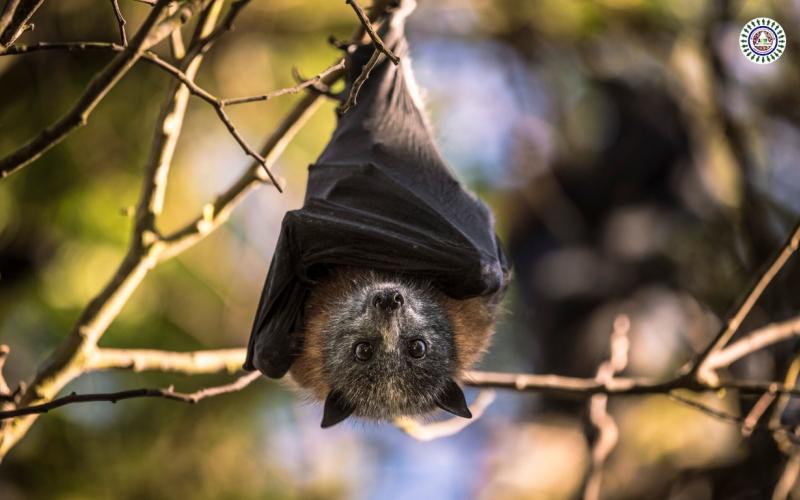
NEW RESEARCH: LOW RISK OF SCIENTISTS PASSING CORONAVIRUS TO BATS IN WINTER
The coronavirus SARS-CoV-2, studies have indicated, is likely to have originated from similar viruses found in bats. So, scientists have looked at the potential transmission of SARS-CoV-2 from people to bats. But they did not examine potential transmission from bats to people. The risk is low that scientists could pass coronavirus to North American bats during winter research, according to a new study led by the U.S. Geological Survey. Scientists have found that if no protective measures are taken, the overall risk is 1 in 1,000. With proper use of personal protective equipment, or if scientists test negative for Covid-19 before beginning research, the risk falls to 1 in 3,333 or less. “This is a small number, but the consequences of human-to-bat transmission of coronavirus are potentially large,” said USGS scientist Evan Grant, an author of the new rapid risk assessment. “The virus has not been identified in North American bats, but if it is introduced, it could lead to illness and mortality, which may imperil long-term bat conservation. It could also represent a source for new exposure and infection in humans.” Hence, this assessment represents the best available information and is useful for informing time-sensitive management decisions, but there are still many unknowns about how susceptible North American bats are to SARS-CoV-2 and how future virus variants may affect transmission.
All Categories
Recent Posts
UP Budjet 2023
Chances of the new variant causing severe illness
ALL YOU NEED TO KNOW ABOUT MULTIPLE MYELOMA, TYPE OF BLOOD CANCER
Quick support proccess
8766384299




